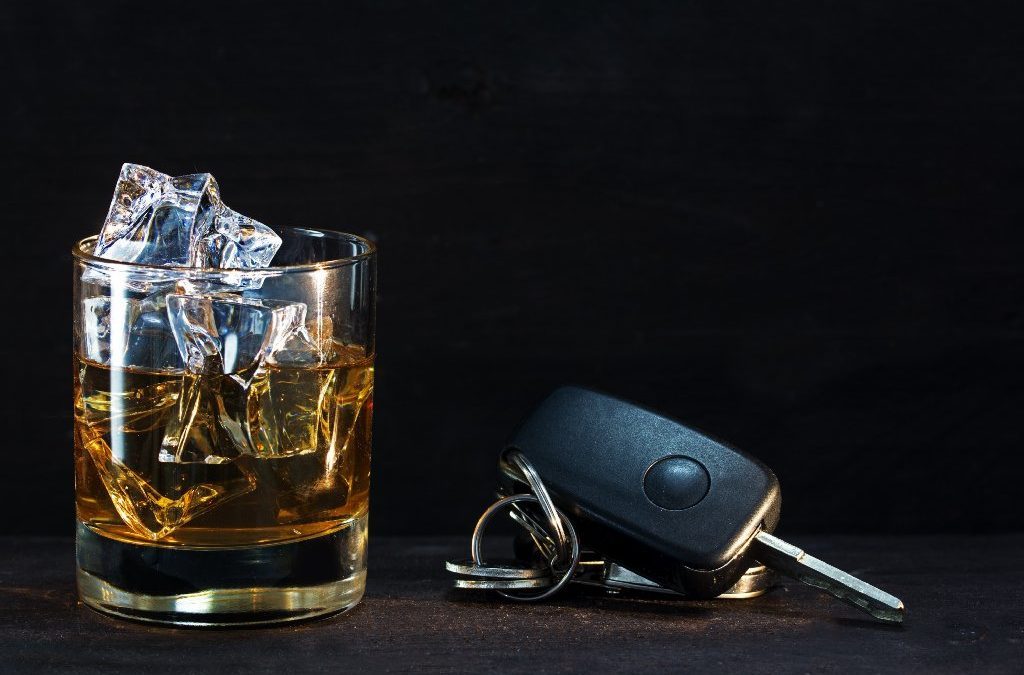
iStock Photograph
The Supreme Court of Canada released its reasons Thursday for rejecting its third drunk driving challenge this year, declaring that not being observed for 15 minutes before taking a breathalyzer test isn’t enough to negate the results.
In explaining its reasons for rejecting its third drunk driving challenge this year, the Supreme Court of Canada said Thursday that not observing someone for 15 minutes before taking a breathalyzer test isn’t enough to negate the results.
The top court had already decided this case when it ruled from the bench in October and ordered a new trial for Marc Cyr-Langlois, who was charged in 2012 for operating a vehicle with a blood-alcohol level over 80 mg of alcohol to 100 mL of blood.
The 15 minutes of observation time is specified in the breathalyzer’s operation manual to ensure the subject’s breath is free of mouth alcohol, which can be caused by recent drinks, breath-fresheners, inhalers, mouthwashes and burping, belching or vomiting.
While Cyr-Langlois had not vomited, he may have burped, though he didn’t claim that he did. But because he wasn’t monitored constantly for 15 minutes, a lower court judge acquitted him on the grounds that the inadequate observation period was sufficient to raise reasonable doubt about the reliability of results.
Writing for the 8-1 majority, Chief Justice Richard Wagner said, “There was clearly no evidence that this improper operation tended to cast doubt on the reliability of the results.
“The accused’s argument was in the realm of speculation,” he added, and a possible burp or belch didn’t prove the breathalyzer was wrong.
His case is the third drunk driving challenge this court has rejected this year.
In June, a ruling confirmed that refusing to blow is just as serious as blowing over 80. This applied to the case of Richard Suter of Edmonton, who had driven his SUV onto a restaurant patio, killing a small child and injuring others.
In October, the cases of two accused men who demanded the maintenance records of the breathalyzer machines were thrown out. The top court ruled the records could be adduced as evidence only if they were relevant to a possible failure of the machine at the time the test was given.
The rules governing breathalyzers dictate that the two required breath tests must be taken 15 minutes apart, and must agree with each other within a 20 mg/100 mL margin, noted the attorney general of Ontario, an intervener in Cyr-Langlois’ case. If the tests are “in good agreement,” it’s unlikely mouth alcohol was a factor, the AG said in a legal briefing to the court.
In Cyr-Langlois’ case, he blew 157 mg and 147 mg in two tests.
The attorney general drew attention to what seemed to be the absurdity of some “burping defences.” It referred to cases where there’s been a claim that a “polite burp” may not have been noted, or the police observer may not have noticed an accused was embarrassed by acid-reflux regurgitation and was minimizing the visible signs.
Cyr-Langlois was searched twice, meaning he couldn’t have been carrying alcohol he could have drunk while waiting for the test, Wagner said.
As for whether he may have burped, Wagner wrote, “Beyond conjecture and speculation, the evidence showed nothing.”
These cases come at a time when the government has significantly tightened drunk driving laws in Bill C-46, which comes into effect Dec. 18.
The new amendments allow police officers to demand a breath test at mandatory roadside stops, or if a traffic offence has been committed, even if there are no obvious signs to suspect the driver may have been drinking, such as slurred words or a strong smell of alcohol.
At a news conference on Tuesday, Justice Minister Jody Wilson-Raybould said she’s confident the new regimen does not violate Charter rights, though she expects it will be challenged in court.
Source: iPolitics
